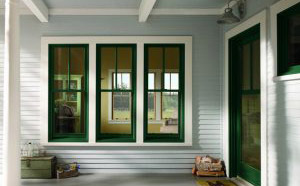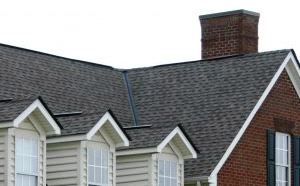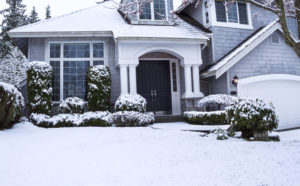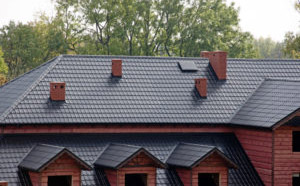
GET THE FACTS ABOUT ENERGY EFFICIENT WINDOWS
January 2, 2020WHAT’S THE DIFFERENCE BETWEEN VINYL SIDING AND FIBER CEMENT?
January 4, 2020
Proper ventilation in your roof is critical in your home as ventilation not only provides circulation throughout your home, it also keeps air fresh and reduces moisture levels. Choosing the right type of roofing ventilation, however, can be tricky as it can depend on several factors.
Box Vents
Box vents work best with soffit ventilation as they are designed for use in open attics. In addition, the vents do not need to be placed close to roof ridges for optimal performance. Box vents are static and not mechanical. They are placed in a whole that is cut into the roof and then use natural winds to remove hot air and moisture. Most homes need more than one of these types of vents. The actual number will depend on the square footage of your attic.
Continuous Ridge Vents
Continuous ridge vents are installed at the peak of your roof ridge so that warm air can escape from the attic. The vents also create a vacuum that draws the air from the attic and they are the best option if you have vaulted ceilings. Only one is required as opposed to the need for multiple box vents. Continuous ridge vents are also non-mechanical so there is no concern about electrical failures that could lead to problems. However, continuous ridge vents are more expensive than box vents.
Soffit Vents
In most houses, soffit vents draw air up through the attic and then out a ridge vent. However, not all houses have continuous soffit and ridge vents, but instead have an opening at the gable ends. Houses without rafters or overhangs may not soffits and older houses may not have vents that open into attic spaces. Because older homes were not as airtight as modern homes, condensation may not be as much of a problem although roof ventilation may help reduce energy costs in those homes.
Prevent Condensation
Improper roofing ventilation causes colder air in an attic to mix with warm, moist air from the rest of your house. The combined temperatures cause condensation to form which can damage your home. If you have noticed peeling or blistering paint on gable-ends or exteriors, it could mean you do not have proper ventilation in your roof. Buckling roof shingles can also indicate improper ventilation. Ice dams, which occur often in the Midwest and Northeast where there is significant winter weather may indicate that you need to address your roof ventilation. Even water stains on a ceiling may not mean you have a roof leak, but that you have condensation dripping from your roof.
If you are interested in learning more about roofing ventilation, contact us today to speak to one of our knowledgeable customer service staff. You can speak to them by phone or complete the form online to learn more about the types of ventilation available.



